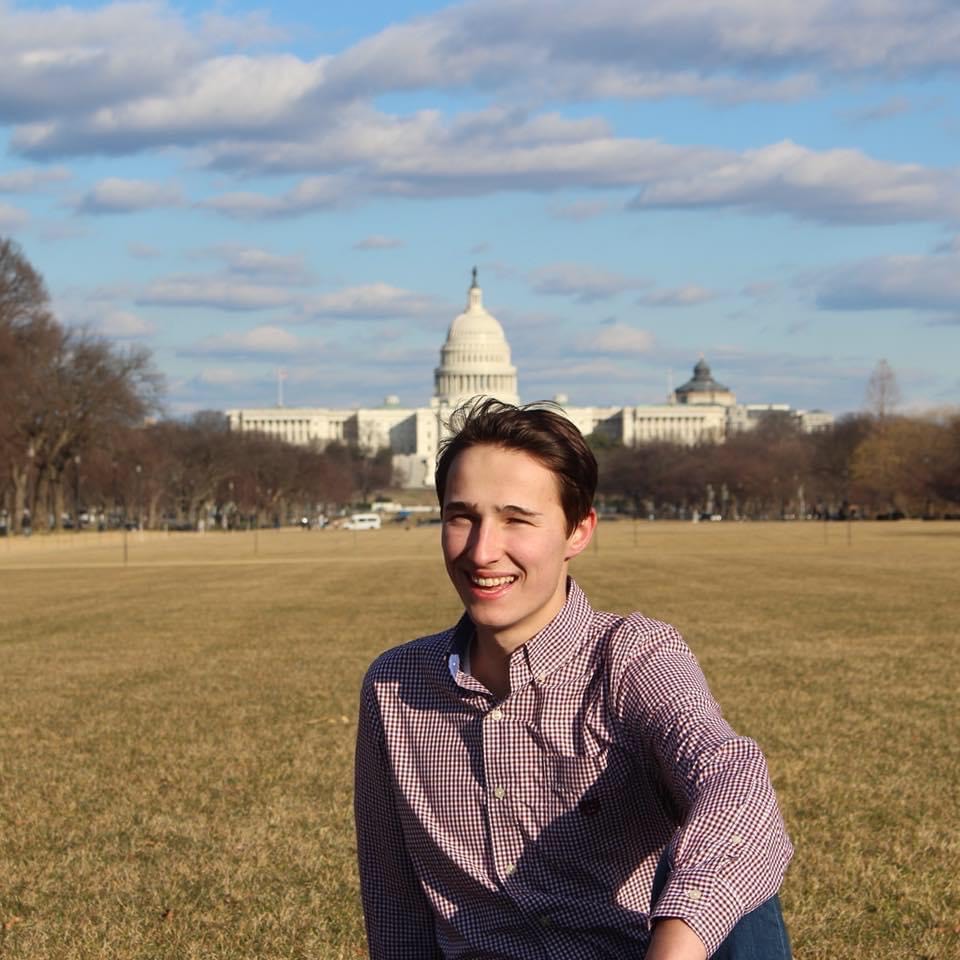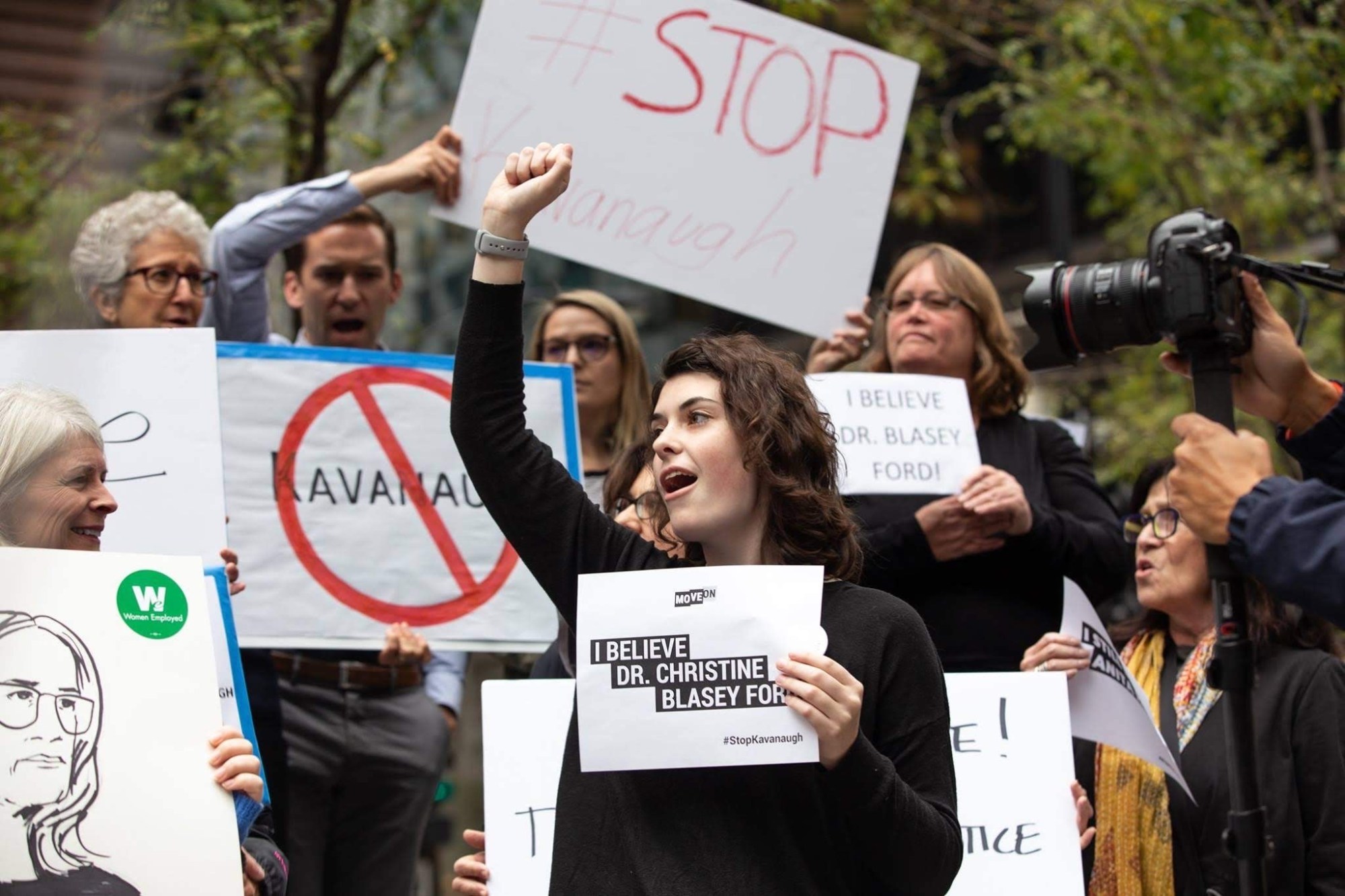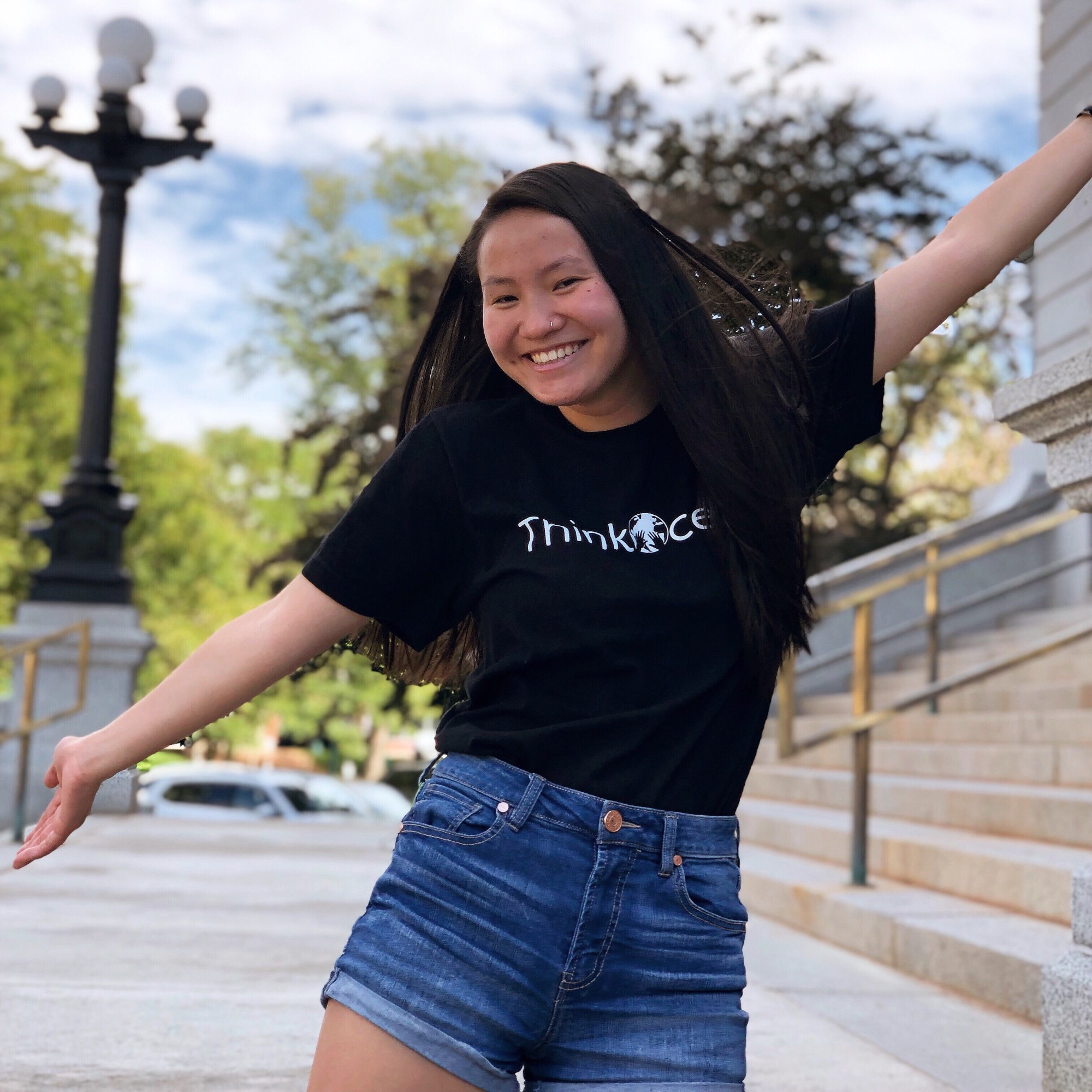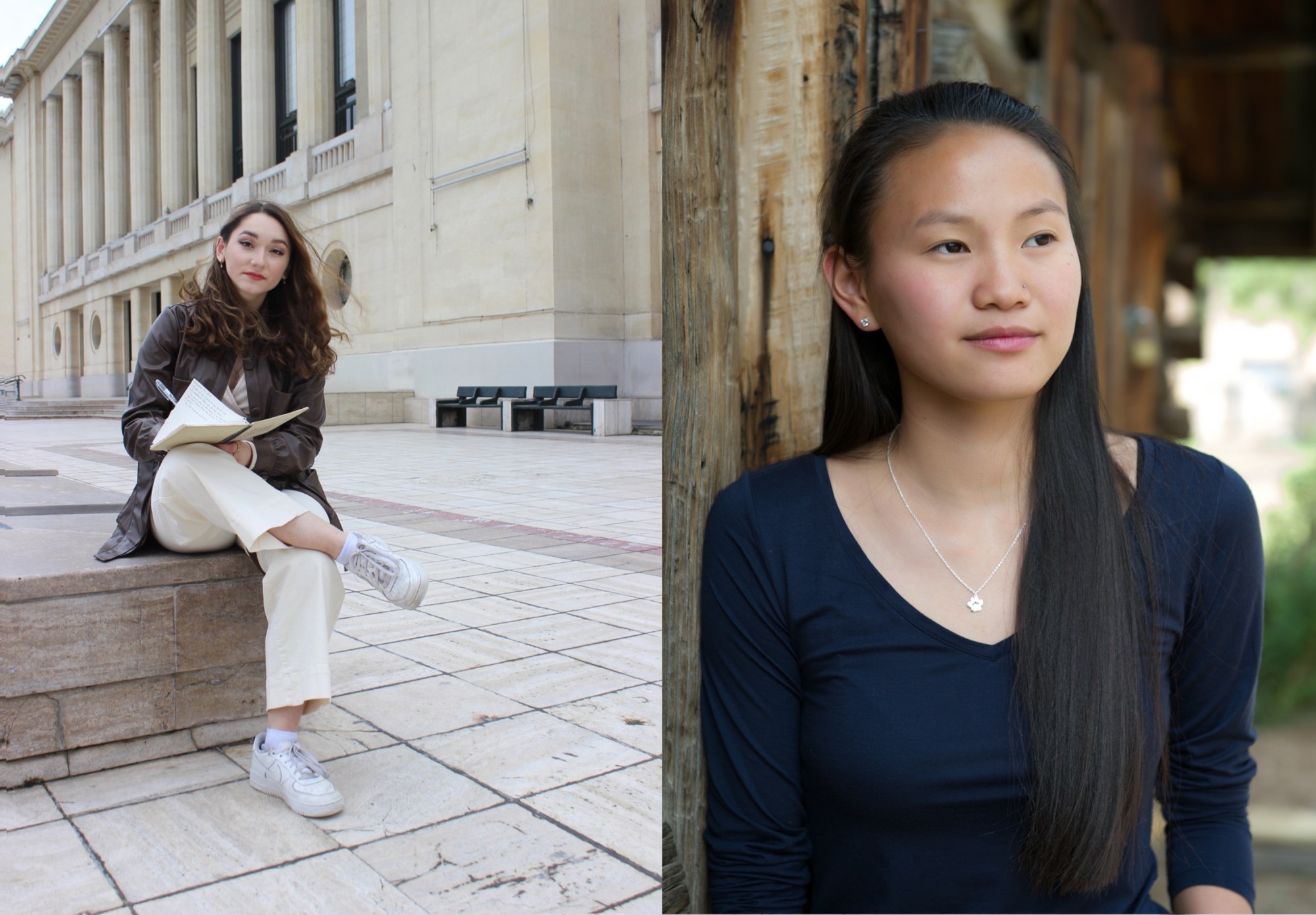Young people hold a significant amount of electoral power in the US. Yet, they vote at lower rates than older generations, with only 22 percent of 18 to 24-year-olds voting in the most recent midterm election. Covid-19 has called into question many elements of young people’s lives from their education and career goals to where they live and more. With a multitude of changes and challenges students are sorting through, and months ahead of an important election, many have identified voting as an additional complication and hurdle they fear could fall by the wayside.
In response to the pandemic, many states have pivoted to mail-in voting systems. But for a number of students who voted in primary elections thus far, they experienced difficulties as mail-in methods favor those who have a permanent address — something that many students do not currently have — and many never received their primary ballots or had to jump through hoops to be able to vote.
Difficulties voting by mail
Rachel Powers, age 20, was studying abroad in Paris when she heard President Trump’s announcement that banned travel from Europe because of coronavirus at 2am on Thursday, March 14. By 1pm the same day, she hadn’t slept, packed up all her belongings and had bought an expensive plane ticket home, fleeing the country hours after the announcement. Powers, like many students, had their spring semester upended by the pandemic. As she navigated the changes to her college experience, she also began to realize that this would also impact the voting process for her. As a registered Democrat, Powers originally requested an absentee ballot from the New York Board of Elections for overseas voters. But as she abruptly had to return home, her ability to vote felt uncertain. Back in Maine, where she is going into her senior year at Colby College, she requested an absentee ballot from her county Board of Elections in upstate New York, mailing in the request form several days before the deadline. On the day of the primary election on Tuesday, June 23, the last day absentee ballots must be postmarked to be counted, she had still not received a ballot. The following day, her ballot came in the mail, but it would no longer be considered valid.

“I think voting information fundamentally is not accessible,” Powers says. “I’ve seen students confused about where and how they should be applying for a ballot and by what dates. I also think there’s a lot of confusion for students who just graduated and were registered in their college towns, or in their hometowns and are now not sure where they’re living, unsure if they need to re-register in another location or if they can request an absentee ballot. I think there are a lot of questions just fundamentally about what is the right way to vote right now.”
Students who wound up staying at their institutions abroad also faced obstacles voting in the primary election. Jordan Hunter is a 20-year-old student at the University of Glasgow in Scotland who is a registered Republican, but identifies as a Libertarian. Hunter visited his county Board of Elections back home in Dayton, Ohio, when he was back for the Christmas holiday, and filled out the necessary paperwork to receive an absentee ballot. In Ohio, you have to reapply every year if you would like to vote absentee. Hunter had previously voted abroad without issues, but this year, with the election around the corner, he realized he had not received his ballot. Hunter emailed his Board of Elections on the final day ballots had to be postmarked. They responded with an online ballot and told him it had to be postmarked by the end of the day, noting that it was still possible it would not be counted.
“I printed the ballot out, filled it in and then quickly ran and sent it off,” Hunter says. “But when I got back, I realized when I was looking through the elections, there were quite a number of items that were up for election that were not included on my ballot, whether it was because of formatting or it wasn’t included on the electronic version of the ballot. There were a couple of community issues and local county positions like county prosecutor I wasn’t actually able to vote on. I tried to figure out what happened and they just never told me.”
Trouble receiving an absentee ballot was also an issue for students studying domestically within the US. Riley Reed, age 20, is a rising junior at DePaul University in Chicago, originally from outside of Milwaukee, Wisconsin, where there were extensive reports of voter suppression — missing ballots, long lines — as many people were forced to go out and vote during the pandemic, or risk their vote not being counted.

Reed had anticipated she would be at school for the election, so she requested her ballot be mailed to her school address in Chicago. Now back in Wisconsin, she tried to get her absentee ballot sent to her home address. This process included having to contact multiple people at the Board of Elections and the Elections Clerk to get them to cancel her original ballot, and have a new one sent to her house. Her ballot arrived the day before the election.
“Thinking of the kids in my high school, a lot of them don’t really care about voting,” Reed says. “A lot of my friends would probably try to do the same or just go vote in person and see what happens, but I know a lot of people felt unsafe to do that. Even in smaller towns, the polls were pretty unsafe. I mean, the nation saw pictures of Milwaukee, which was just disgusting. But I don’t think the majority of them would go through such a tedious process — if they really cared maybe — but I think some of them just would sit out of the election.”
Maya Siegel is a student at Colorado State University who faced similar issues. Siegel, who recently turned 20 and is registered as an independent voter, was talking with friends on her birthday when the majority of them revealed that they had not received their ballots in anticipation of the primary on June 30. Siegel hadn’t either, even though Colorado is a vote-by-mail state, so all voters should receive a ballot in the mail before Election Day.
“I was like, wow. I thought this was just a problem that I was having, but it’s not. And that’s a problem,” Siegel says. “But thankfully, I encouraged my friends. I was like, ‘I know it’s a little inconvenient, but you should definitely go vote in person anyway.’ And then I looked up where we could go to vote.” For Siegel and her peers who have only voted by mail, the idea of going in person was also intimidating and could be a factor that would lessen turnout. “I don’t know what it’s like. I’ve never got any education on how to vote in person. I’m nervous about it,” she added.

Is it worth the risk to vote in person?
For many young people, the decision to vote in person as a result of uncertainty around receiving their ballot in the mail is a loaded one. Adriana Zraly is a 21-year-old student at the University of Southern California from New York — where she is registered to vote — and a first-time voter. Zraly identifies as having “no party affiliation,” but registered as a Democrat this cycle in order to vote for Bernie Sanders in the primary. She had originally received the application for an absentee ballot (New York requires you apply first) while still in California, but knew she would have to return home soon because of coronavirus, and had requested her absentee ballot be sent to her mother’s address in Hudson Valley, NY. As the primary election inched closer and closer, Zraly had still not received her primary ballot. Ultimately, she decided to vote for the first time in person. However, as someone who is immunocompromised, voting in person was not a choice she made lightly.
“I was chronically ill as a child. I had cancer, so my immune system isn’t as great. I really wanted to vote, but I was scared of going to the polling places because I was stuck inside for the majority of March to May,” Zraly explains. “Voting was an anxiety-inducing experience for sure. I look very normal in that sense, you couldn’t tell by looking at me that I had cancer. So, it’s definitely a weird experience going in there and having to be around people who didn’t really follow the safety regulations. Not everyone at the polling place was wearing a mask. But I just had to put on blinders because I was there to vote for someone I believe in.”

Looking forward
As students continue to experience difficulty voting in primary elections, young people hope that this will be a teachable moment for the fall and for future elections.
“I think especially given Covid-19, schools need to be instituting polling locations on campuses if they plan on opening in the fall and work on improving voting systems,” Powers says. “There needs to be more polling locations in places that are accessible for students.”
Beyond the campus, information around online registration and voting during the ongoing pandemic remains alarmingly low. According to a recent report by CIRCLE, only 24% of youth report having voted by mail before. Moreover, many students are unaware or uninformed about online voter registration, and 7.5% of young people or 3.5 million young people, told CIRCLE that they have not had good enough access to the internet during the pandemic. Addressing language barriers and ensuring there are translated materials available is something that young people have also highlighted as something that should be prioritized for the fall, and many feel that civic education is severely lacking for students overall.
“I think for first-time voters, like my sister who is entering college, a huge barrier is that a lot of young people feel like they aren’t educated enough on the process and the candidates to vote, and they don’t know where to start regarding research,” Siegel says. “Something that would be really helpful for young voters is more education, more resources on how to vote and how to get educated about policies. I mean, you don’t have to be an expert, but it makes you more comfortable with what is on the ballot, what’s at stake and who will support what you care about.”
For those students feeling deprived of civic learning in the classroom, organizations such as 18by.vote and When We All Vote’s My School Votes program, aim to equip students with necessary voting knowledge. Additionally, resources like Ballot Ready, Vote 411 and Vote.org, which offers a platform to check your voter registration, receive election reminders and polling place information, are online tools students can utilize to familiarize themselves with what is on their ballot.

Yet, as many advocates are quick to tell young people to “go vote,” students think it’s important to consider how BIPOC youth are disenfranchised from the electoral system. In the United States, one in 13 Black Americans has lost their right to vote because of felony disenfranchisement laws and other blockages such as the purging of voter rolls, ID requirements, partisan gerrymandering and the list goes on.
“I’ve seen a lot of people on social media in response to the Black Lives Matter movement be like ‘go out and vote’ and while I see that being well-intentioned, it does stem from a little bit of a place of privilege or ignorance, in the sense that so many people are still massively disenfranchised in so many ways,” Zraly says. “I think to vote is a privilege and a right, but at the same time, because our system is so broken and there are so many injustices within the justice and political system, it’s really important to fight for everyone to have their voice — because it’s just a basic human right.”
Regardless of the hurdles they’ve faced, the pandemic has highlighted the importance of being civically involved. 79% of young people believe that Covid-19 has helped them realize that politics impact their everyday lives.
“It is a privilege to vote, but it’s also a privilege to be in a position of power,” Siegel says. “We have to demand that our representatives actually fight for us and represent us. And if not, we should vote them out. It can be frustrating and discouraging, but at the end of the day, this is the way democracy works and it doesn’t work if you don’t participate.”
Jazmin Kay is a 22-year-old voting rights activist and Executive Director at 18by.vote , a non-partisan youth-led organization that aims to help young people understand how to vote, when to vote, and why to vote. Jazmin’s writing has been published at HuffPost, MTV, Seventeen Magazine, VICE, i-D, Rookie Magazine, Fast Company, The Nation, The Obama White House Official Blog and the U.S. Department of State Blog. She is the former voting rights at civic engagement reporter at the Center for American Progress. Follow her on Twitter.
